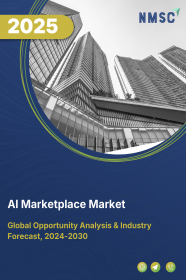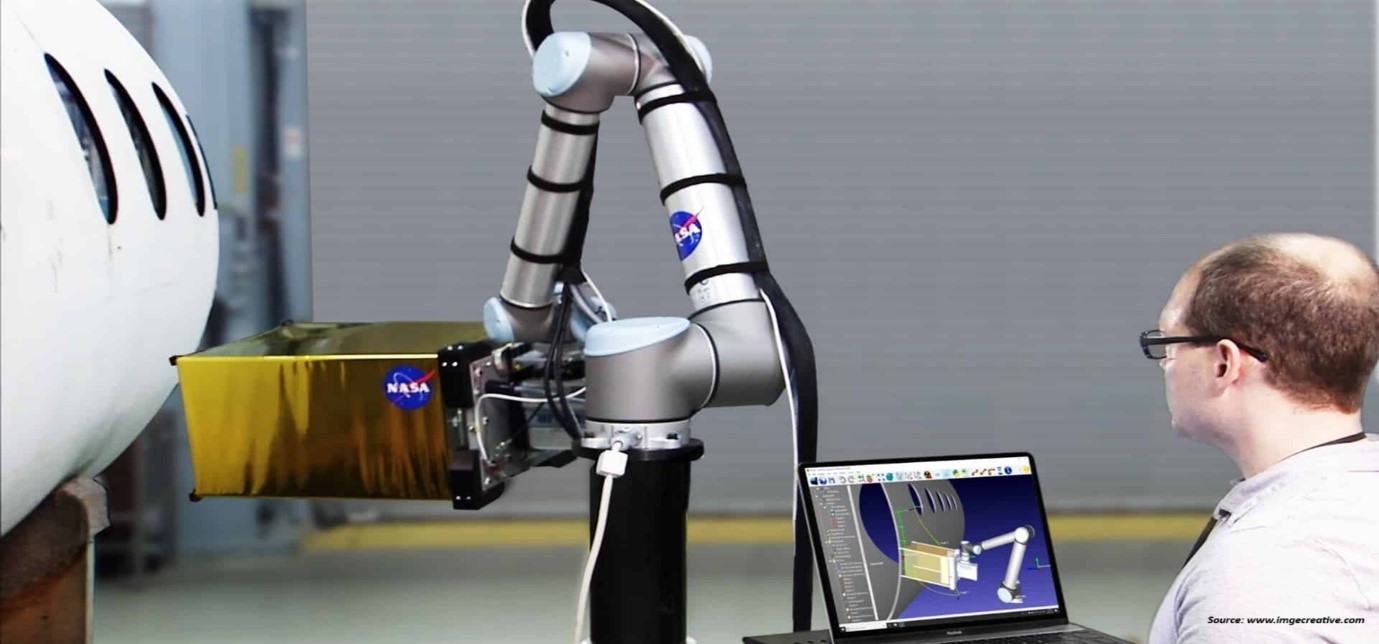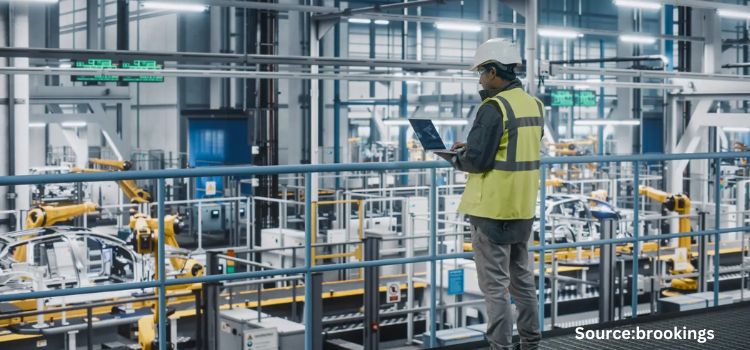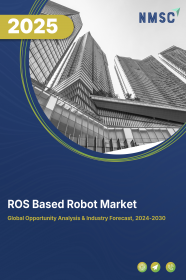
ROS Based Robot Market by Robot Type (SCARA Robots, Articulated Robots, Collaborative Robots, Cartesian Robots, and Parallel Robots) and by Application (Industrial Service, Professional Service, and Personal/Domestic Service)– Global Opportunity Analysis and Industry Forecast 2024-2030
Industry: ICT & Media | Publish Date: 02-Jan-2025 | No of Pages: 258 | No. of Tables: 167 | No. of Figures: 132 | Format: PDF | Report Code : IC460
US Tariff Impact on ROS Based Robot Market
Trump Tariffs Are Reshaping Global Business
ROS Based Robot Market Overview
The global ROS Based Robot Market size was valued at USD 50.16 billion in 2023, and is predicted to reach USD 88.22 billion by 2030, with a CAGR of 8.4% from 2024 to 2030.
ROS (Robot Operating System) based robots refer to robotic systems that utilize the ROS as their middleware or framework. ROS is an open-source platform that provides a set of tools, libraries, and conventions for building and controlling robotic systems. Robots based on ROS can leverage its functionalities for tasks such as sensor integration, communication between different components, motion planning, and overall system management.
The use of ROS facilitates a standardized and modular approach to developing robotic applications, allowing developers to focus on specific functionalities without having to reinvent the wheel for common robotic tasks. This framework is gaining popularity in the robotics community, fostering collaboration and the development of diverse robotic applications across various industries.
Rising Adoption of ROS Based Robot in Numerous Industries Boosts the Market Growth
The increasing adoption of ROS based robots is driving the growth of the market, particularly in industries such as healthcare, logistics, and manufacturing. In healthcare, these robots contribute to tasks such as surgical assistance, telemedicine, and patient care, enhancing precision and efficiency in medical procedures. In logistics, ROS-based robots streamline warehouse operations, handling tasks including inventory management and goods transportation, thereby improving overall productivity.
Additionally, in the manufacturing sector, ROS-based robots play a pivotal role in automation, leading to enhanced production processes and increased efficiency. The versatility and adaptability of ROS enable seamless integration into various industries, fostering innovation and expanding the use cases for robotic applications. The widespread adoption of ROS-based robots is creating a positive impact across industries, driving technological advancements and automation.
According to the International Federation of Robotics, approximately 4 million industrial robots were operational worldwide in 2022, with electronics and automotive industry dominating the yearly installation of these robots. In 2022, the electronic industry globally installed around 157,000 new robots, while the automotive industry installed approximately 136,000 new robots. The annual installation of industrial robots, dominated by these sectors, reflects a growing demand for automation. This surge in industrial robot installations highlights the expanding ROS based robots market due to their capabilities in facilitating automation across various industries.
Rise of Industry 4.0 and Smart Manufacturing Drives the Market Growth
The emergence of Industry 4.0 and Smart Manufacturing is a key driver for the growth of the ROS (Robot Operating System) based robot market. The integration of advanced technologies, automation, and data exchange in manufacturing processes, characteristic of Industry 4.0, aligns seamlessly with the capabilities offered by ROS. As industries move towards more intelligent and interconnected manufacturing systems, ROS-based robots play a crucial role in enabling efficient communication, collaboration, and automation.
One of the key drivers of ROS-based robots in Industry 4.0 is the demand for enhanced flexibility and adaptability in manufacturing operations. Traditional manufacturing systems are often rigid and struggle to accommodate changes in production requirements. ROS, with its modular and open-source architecture, enables rapid reconfiguration of robotic systems, allowing manufacturers to quickly adapt to changes in product design, production volume, or process requirements.
Moreover, the interoperability provided by ROS is crucial in a smart manufacturing setting where various machines and devices need to work together seamlessly. ROS facilitates efficient communication between different robotic components, sensors, and devices, enabling a seamless flow of data. This capability is essential for achieving the level of connectivity required in smart manufacturing environments.
High Cost of Implementation and Security Risks Restrains Market Growth
The growth of the ROS based robot market is restrained by a combination of factors, including high initial costs associated with specialized hardware, software, and training, posing challenges for smaller enterprises with budget constraints. Additionally, security concerns arise due to ROS's open-source nature, potentially limiting its adoption in safety-critical applications where robust security features are imperative.
Introduction of Edge Computing and Advancement in Sensor Technology Creates Market Opportunity
The integration of edge computing and edge AI is poised to revolutionize their capabilities of ROS (Robot Operating System) based robots. By bringing computational processes closer to the robotic systems, edge computing enhances real-time decision-making, reducing dependence on centralized servers. This advancement enables ROS-based robots to efficiently process sensor data locally, resulting in improved autonomy and responsiveness. Moreover, the continual progress in advanced sensor technologies, including LiDAR and depth cameras, promises heightened precision and reliability.
These enhanced sensor capabilities within the ROS framework empower robots to navigate intricate environments, recognize objects with greater accuracy, and adapt dynamically, shaping the future landscape of ROS-based robotic systems. Additionally, the deployment of 5G connectivity is anticipated to transform communication dynamics, offering faster data transfer rates and lower latency. This facilitates seamless real-time communication among ROS-based robots, opening avenues for applications such as remote operation and collaborative tasks.
Asia-Pacific Dominates the ROS based robot Market
The growing e-commerce industry in the Asia Pacific region is driving a substantial increase in the demand for robotics and automation within logistics and warehouses. ROS-based robots are pivotal in optimizing logistics operations, providing efficient navigation, object recognition, and collaborative capabilities. The expansive growth of e-commerce in countries such as China, Japan, and South Korea plays a major role in driving the adoption of ROS in the logistics sector.
According to the Asian Development Bank's latest report in 2023, the Asia-Pacific region dominates the global e-commerce industry, projecting to achieve a market value of USD 2.5 trillion by 2024. The report indicates that over 3 billion people are expected to be actively engaged in e-commerce activities within the region by 2025. This highlights the significant and rapidly growing e-commerce landscape in the Asia-Pacific region, driving the need for streamlined and automated processes to address the logistical challenges associated with the burgeoning online retail market in the region.
Moreover, the expanding industrial sector in countries such as China, India, and Japan are playing a pivotal role in propelling the growth of the ROS based robot market in the Asia-Pacific region. As per the latest report published from the National Bureau of Statistics, China's industrial production demonstrated continued growth, with high-tech manufacturing and equipment manufacturing sectors showing robust performance in 2022. The country's value-added industrial output increased by 3.6 percent year on year, reaching approximately 6 trillion U.S. dollars, solidifying its position as the global leader in manufacturing.
The industrial sector remained a major factor for the growth of Chinese economy, contributing 36 percent towards economic growth. State-controlled enterprises experienced a 3.3 percent rise in output, while the private sector's output grew by 2.9 percent. New-energy vehicle production stood out with a remarkable 97.5 percent year-on-year increase in 2022.
As these nations experience substantial industrial development, there is an increasing demand for automation and robotics to enhance efficiency and productivity. ROS-based robots, with their versatility, adaptability, and collaborative capabilities, are well-suited to meet the evolving needs of these dynamic industrial landscapes.
North America is Expected to Show Steady Growth in the ROS Based Robot Market
The North American region is experiencing a surge in the adoption of robotics across diverse industries, including automotive, logistics, and metal & machinery. This widespread integration of robotic technologies is a key driver propelling the growth of the ROS based robot market in the region. According to the latest report from the International Federation of Robotics (IFR), the U.S. holds the third position globally in the annual installation of industrial robots.
The U.S. has witnessed a notable increase in the adoption of industrial robots, with approximately 40,000 industrial robots being installed in 2022, as compared to the 36,000 installations recorded in 2021. This data highlights the continued growth and integration of industrial automation technologies in the U.S., reflecting the ongoing trend towards increased robotic deployment in various industries within the country. This rising demand for ROS-based robots across these sectors highlights the pivotal role of ROS based robot in meeting the evolving needs of North American industries, fostering innovation, and optimizing operational efficiency.
Moreover, the presence of major players, including Rockwell Automation, Inc., Locus Robotics, and iRobot Corporation, significantly influences the development of ROS (Robot Operating System) based robots in the region. These industry leaders play a crucial role by investing in the advancement of the robotics sector through research, development, acquisition, and innovation for the growth and evolution of ROS-based robots, fostering technological progress and expanding the market.
For instance, in September 2023, Rockwell Automation, Inc. acquired Clearpath Robotics Inc., to expand its leadership in autonomous production logistics solutions, enhancing operational efficiency and safety within manufacturing environments. The acquisition aims to leverage the expertise of Clearpath Robotics' OTTO Motors Division in developing Autonomous Mobile Robots (AMRs), fleet management, and navigation software. By integrating these capabilities with Rockwell's existing strengths, including fixed robotic arms and programmable logic controllers, the company aims to offer advanced material handling solutions, furthering its commitment to industrial automation and digital transformation.
Competitive Landscape
The ROS based robot industry comprises of various companies including ABB Ltd, FANUC Corporation, KUKA AG, Yaskawa Electric Corporation, Denso Corporation, Microsoft Corporation, Omron Corporation, Universal Robots A/S, Locus Robotics, and iRobot Corporation. These companies are adopting various strategies such as product launches to remain dominant in the global market.
For instance, in November 2023, ABB Robotics introduced of the IRB 930 SCARA robot, designed for swift point-to-point tasks requiring high payloads. With three variants capable of handling 12 kg and 22 kg payloads, the IRB 930 excels in applications including screw-driving and assembly tasks, particularly in industries such as 3C, automotive electronics, electric vehicle battery cells, and solar panels. The robot features ABB's OmniCore controller, offering best-in-class motion control, rapid cycle times, and precise repeatability, enhancing production rates while maintaining high-quality manufacturing standards.
Moreover, in August 2021, Yaskawa introduced the HC10XP robot, designed to enable collaborative welding processes, thereby enhancing productivity. This addition to Yaskawa Motoman's robotic lineup is characterized by its exceptional speed and robustness, featuring six axes. The MPX1400 robot, part of the MPX-series paint robot line, stands out for its high performance and is optimized to achieve smooth and consistent finishes. This makes it particularly well-suited for various dispensing and coating applications.
ROS Based Robot Market Key Segments
Robot Type
-
SCARA Robots
-
Articulated Robots
-
Collaborative Robots
-
Cartesian Robots
-
Parallel Robots
Application
-
Industrial Service
-
Professional Service
-
Personal/Domestic Service
By Region
-
North America
-
The U.S.
-
Canada
-
Mexico
-
-
Europe
-
The U.K.
-
Germany
-
France
-
Italy
-
Spain
-
Denmark
-
Netherlands
-
Finland
-
Sweden
-
Norway
-
Russia
-
Rest of Europe
-
-
Asia-Pacific
-
China
-
Japan
-
India
-
South Korea
-
Australia
-
Indonesia
-
Singapore
-
Taiwan
-
Thailand
-
Rest of Asia-Pacific
-
-
Rest of the World (RoW)
-
Latin America
-
Middle East
-
Africa
-
Key Players
-
ABB Ltd.
-
FANUC Corporation
-
KUKA AG
-
Yaskawa Electric Corporation
-
Denso Robotics
-
Microsoft Corporation
-
Omron Corporation
-
Universal Robots A/S
-
Locus Robots
-
iRobot Corporation
REPORT SCOPE AND SEGMENTATION:
|
Parameters |
Details |
|
Market Size in 2023 |
USD 50.16 Billion |
|
Revenue Forecast in 2030 |
USD 88.22 Billion |
|
Growth Rate |
CAGR of 8.4% from 2024 to 2030 |
|
Analysis Period |
2023–2030 |
|
Base Year Considered |
2023 |
|
Forecast Period |
2024–2030 |
|
Market Size Estimation |
Billion (USD) |
|
Growth Factors |
|
|
Countries Covered |
28 |
|
Companies Profiled |
20 |
|
Market Share |
Available for 10 companies |
|
Customization Scope |
Free customization (equivalent up to 80 working hours of analysts) after purchase. Addition or alteration to country, regional, and segment scope. |
|
Pricing and Purchase Options |
Avail customized purchase options to meet your exact research needs. |







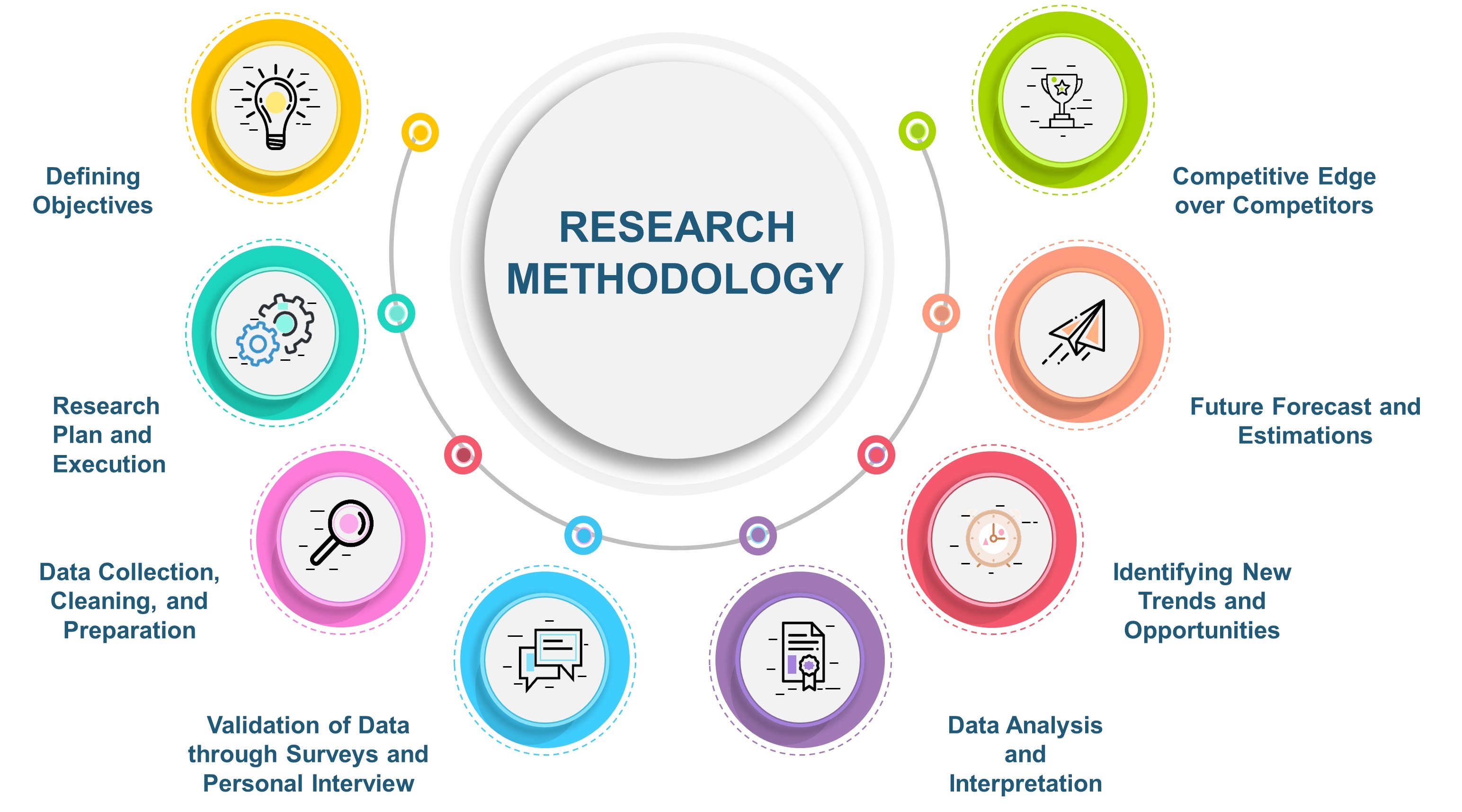
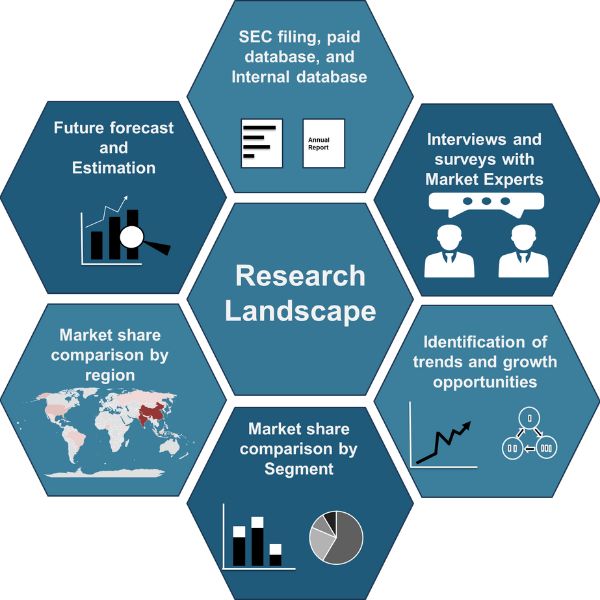
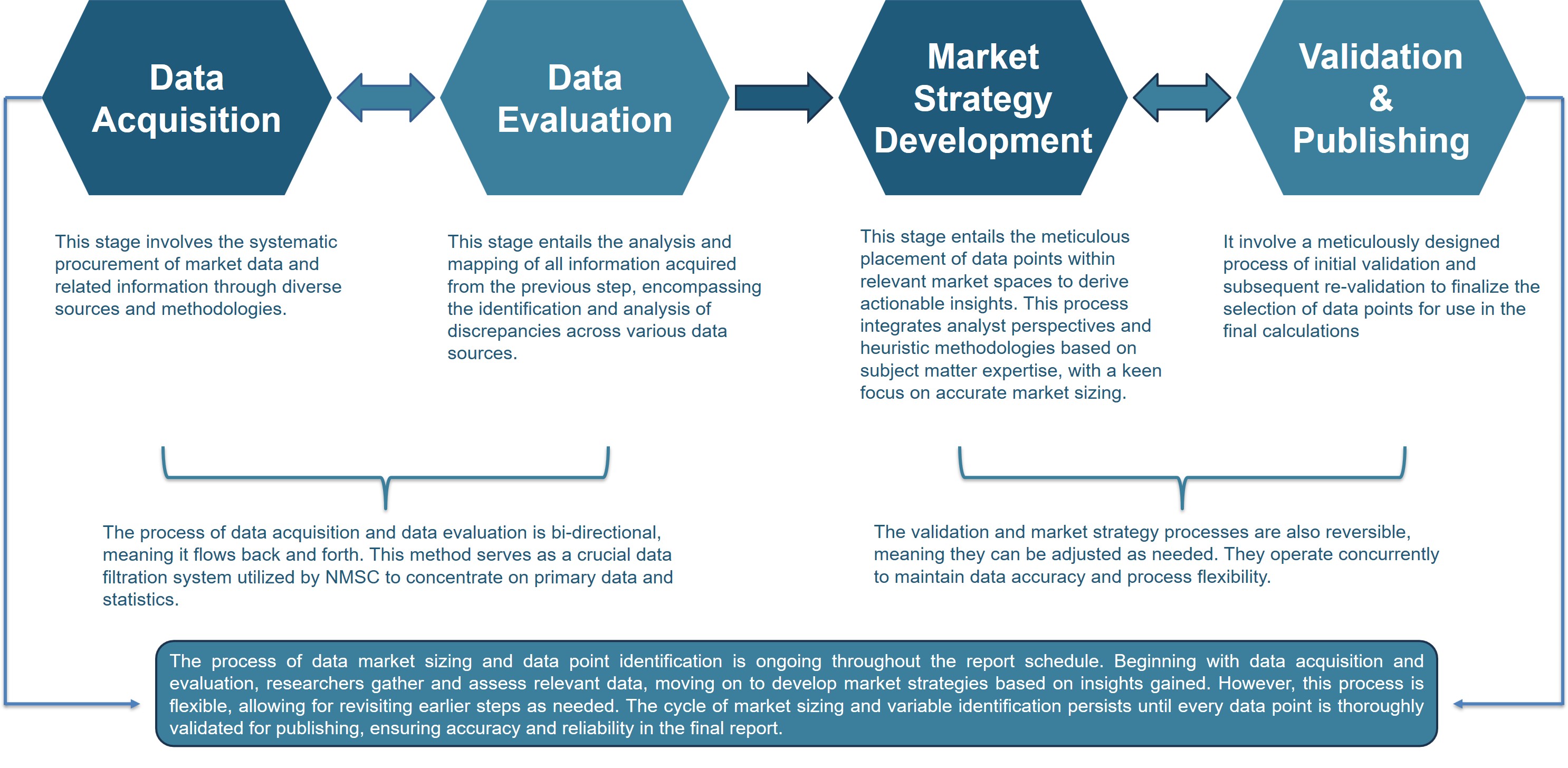



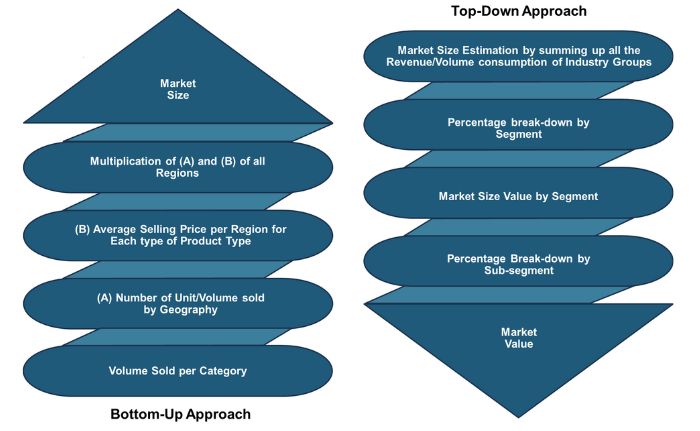
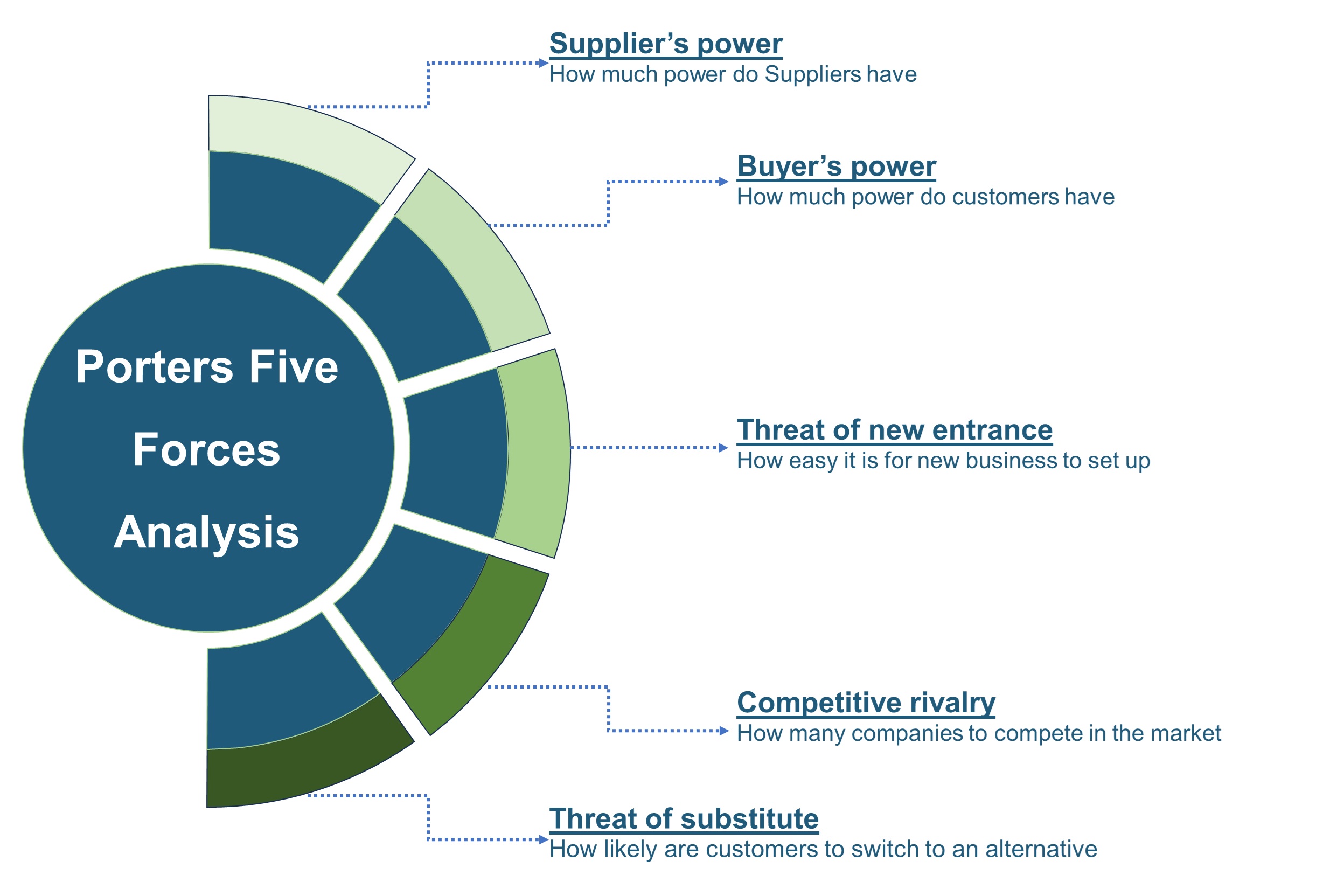
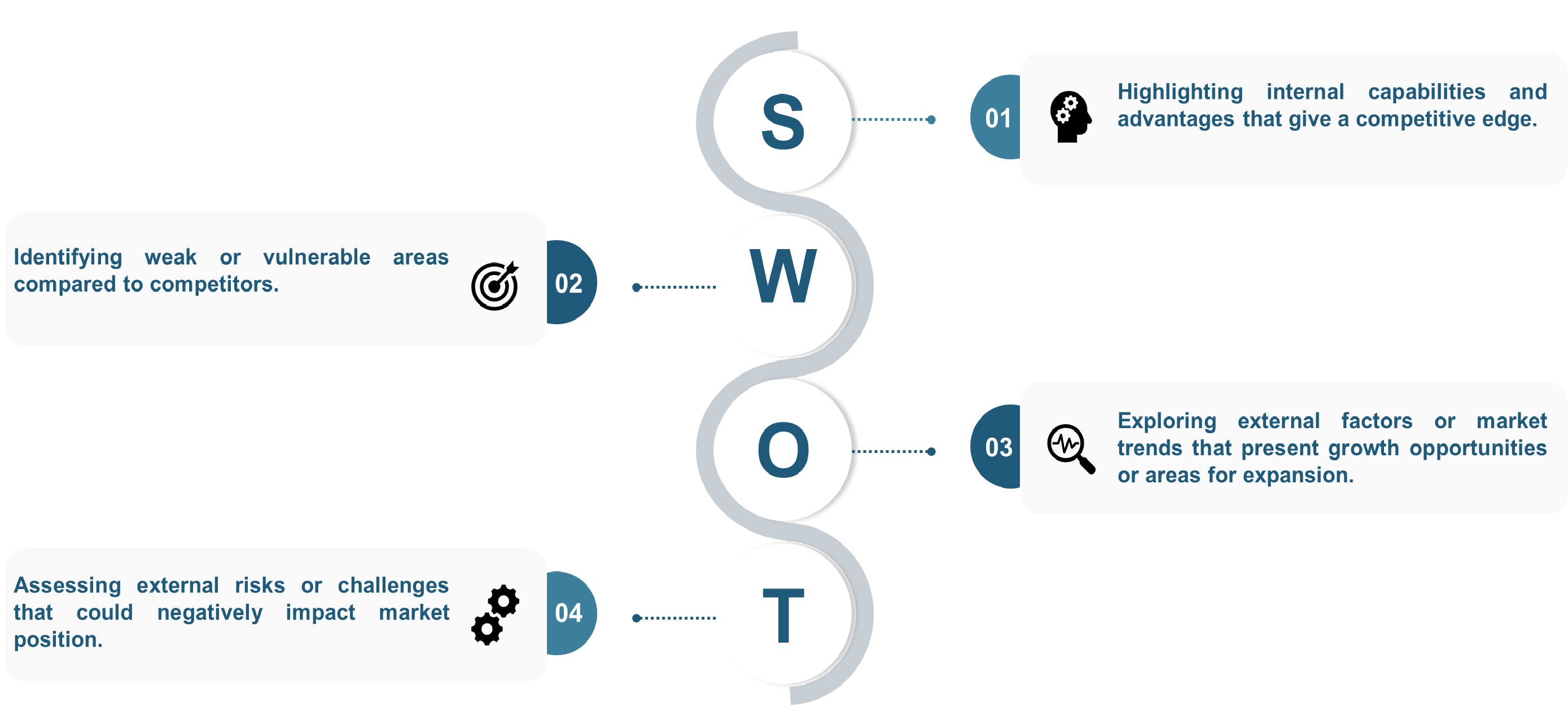
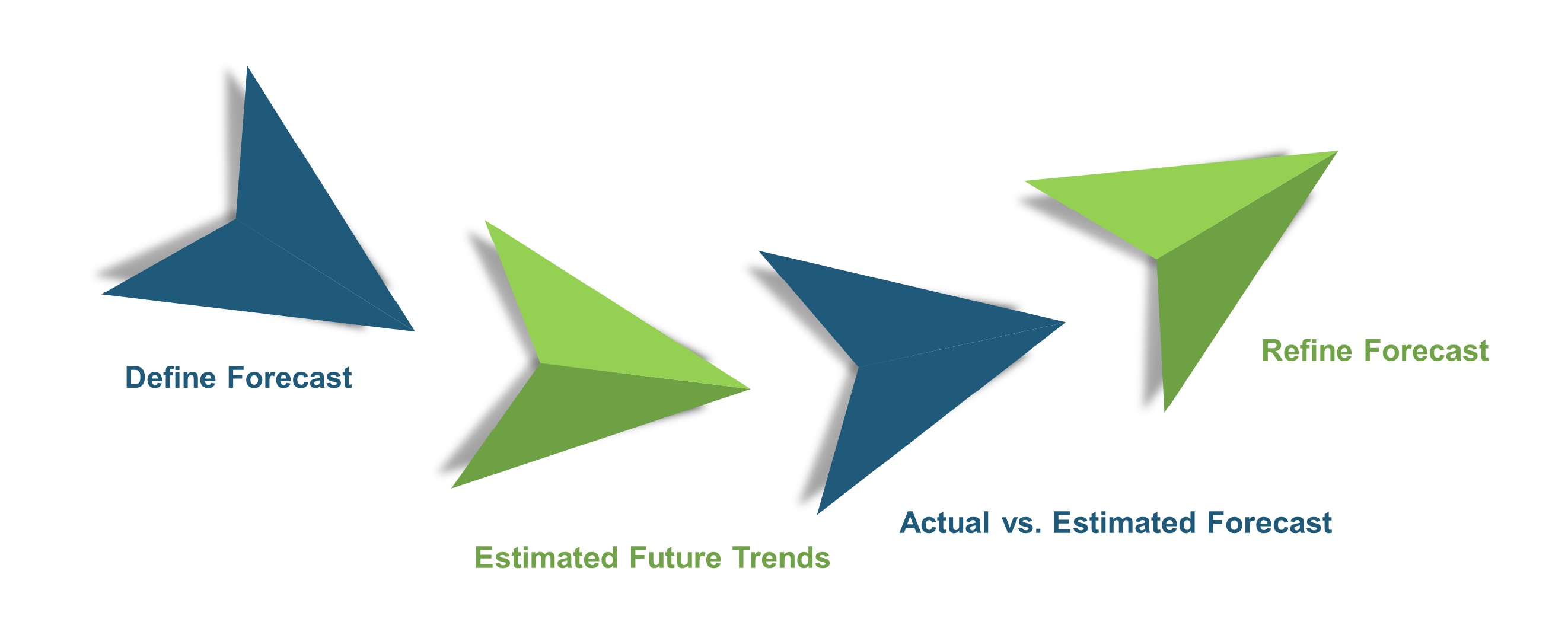
 Speak to Our Analyst
Speak to Our Analyst



